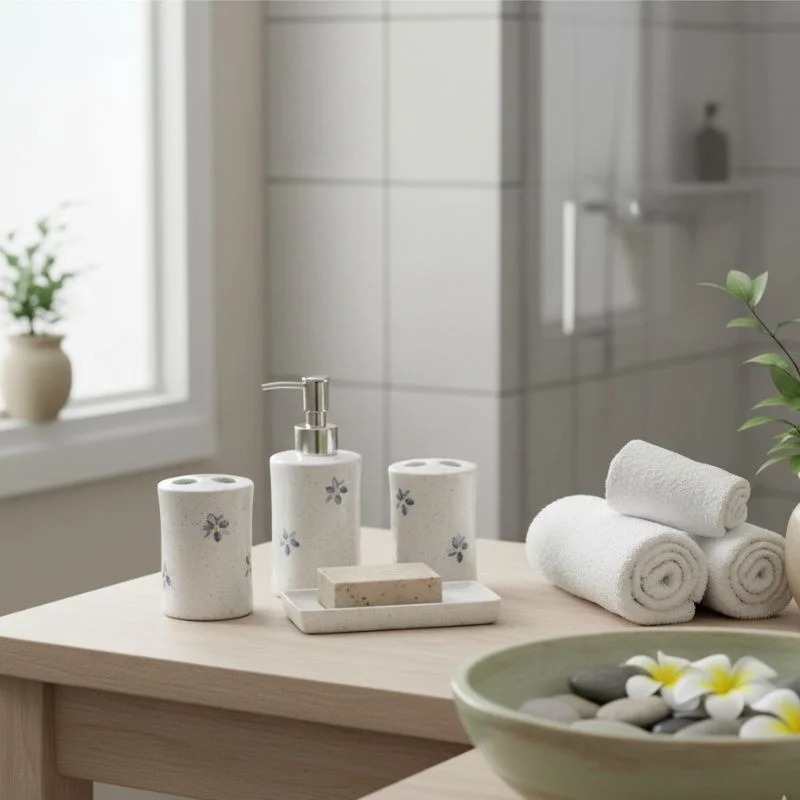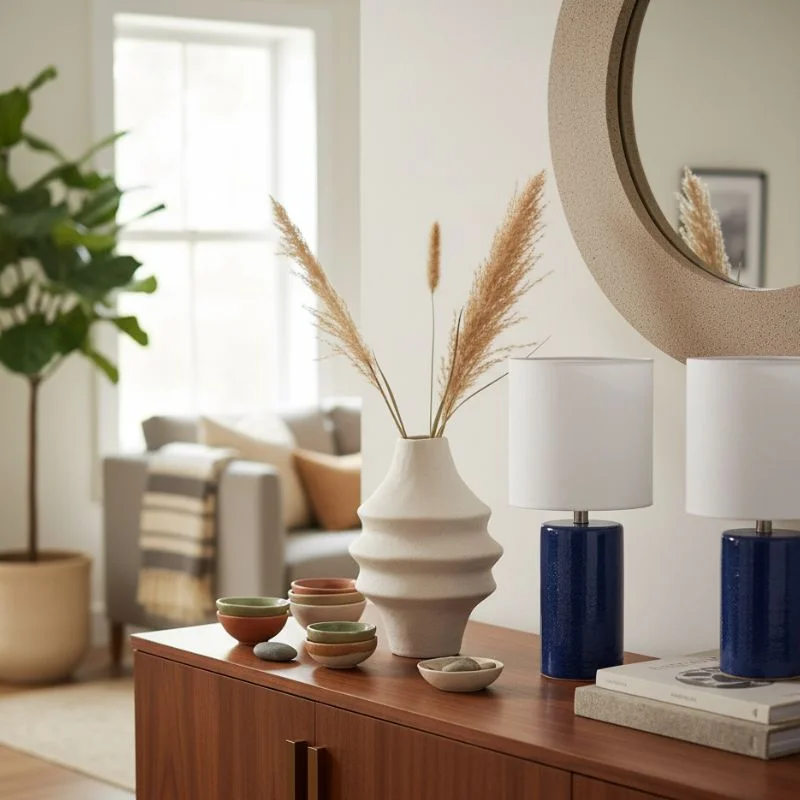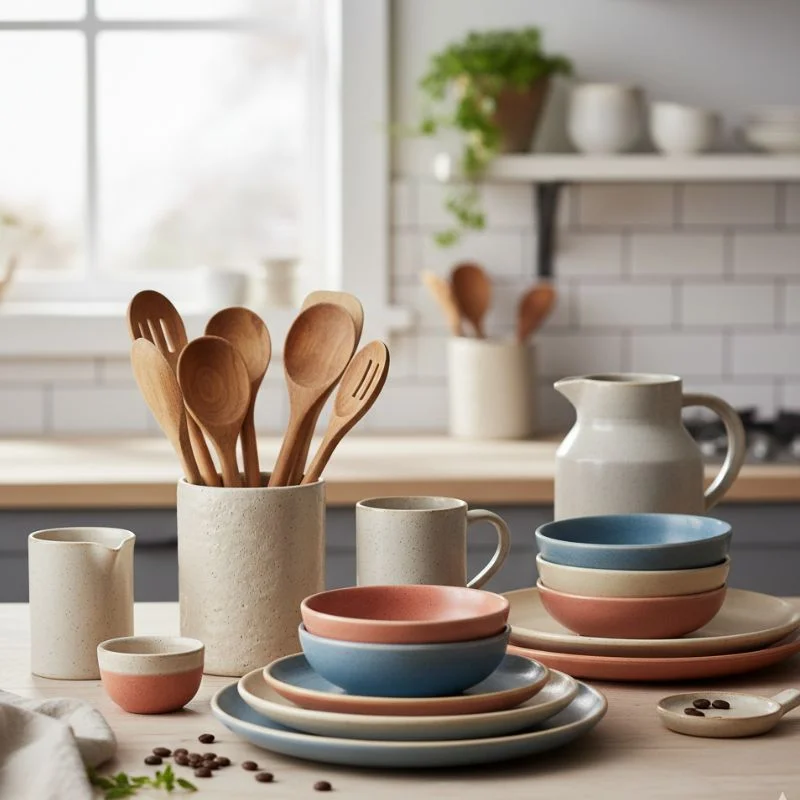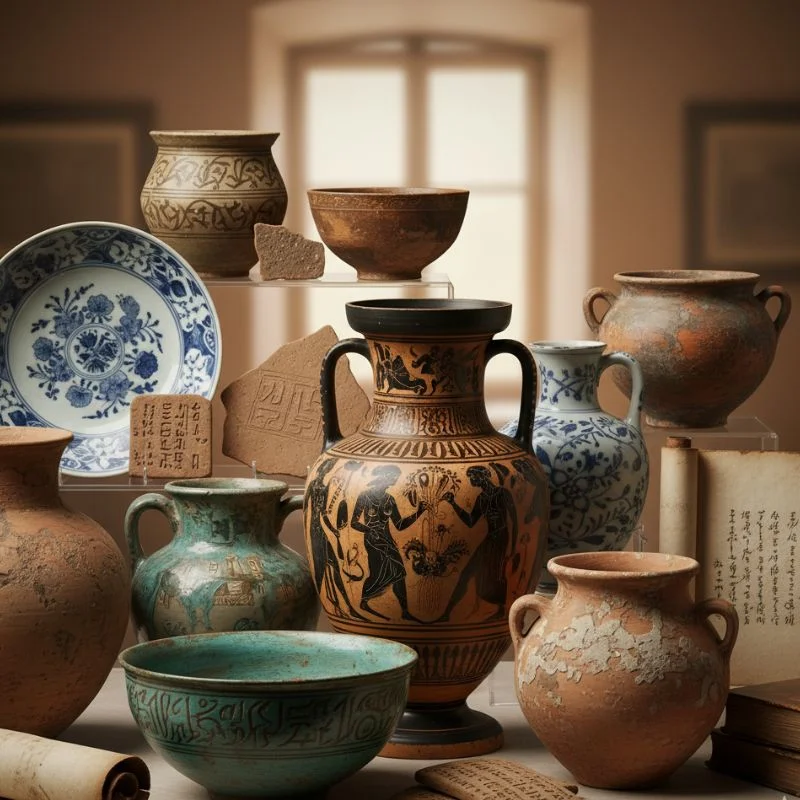Have you ever thought about how long ceramics have been part of human life? The history and uses of ceramics go back thousands of years, with early pottery helping people cook, store food, and carry water. These simple clay creations became the foundation of everyday living in ancient civilizations.
Over time, ceramics evolved into something much bigger. From terracotta tiles and porcelain dishes to beautifully painted pottery, they became a way to express culture and creativity. The history and uses of ceramics show us how something practical also became deeply artistic.
Read More Pellela Meaning, History, and Modern Usage Explained
Today, ceramics are not just found in kitchens or art museums. Modern technology uses advanced ceramic materials in medicine, electronics, construction, and even space travel. That means the history and uses of ceramics connect ancient traditions with the most cutting-edge industries.
When you look closely, ceramics tell a powerful story of survival, beauty, and progress. The history and uses of ceramics remind us how a simple mix of clay and fire helped shape human civilization—and continues to shape the future.Have you ever thought about how long ceramics have been part of human life? The history and uses of ceramics go back thousands of years, with early pottery helping people cook, store food, and carry water. These simple clay creations became the foundation of everyday living in ancient civilizations.
Read More How Does Nerovet AI Dentistry Improve Dental Care
Over time, ceramics evolved into something much bigger. From terracotta tiles and porcelain dishes to beautifully painted pottery, they became a way to express culture and creativity. The history and uses of ceramics show us how something practical also became deeply artistic.
Today, ceramics are not just found in kitchens or art museums. Modern technology uses advanced ceramic materials in medicine, electronics, construction, and even space travel. That means the history and uses of ceramics connect ancient traditions with the most cutting-edge industries.
When you look closely, ceramics tell a powerful story of survival, beauty, and progress. The history and uses of ceramics remind us how a simple mix of clay and fire helped shape human civilization—and continues to shape the future.
Rich History of Ceramics

The history and uses of ceramics is as old as civilization itself. Archaeologists have discovered clay figurines and pottery dating back over 20,000 years, making ceramics one of the earliest materials ever shaped by human hands. Early communities used simple clay pots for cooking, storing grain, and carrying water. These creations were practical but also marked the beginning of humankind’s ability to transform natural resources into useful tools.
As time passed, ceramics history and uses of ceramics became more than just survival tools. Civilizations like Mesopotamia, Egypt, and China advanced ceramic-making by adding glazing and firing techniques. This not only made the pieces stronger but also more beautiful. Painted vases, carved pottery, and decorated bowls began to tell stories, display traditions, and highlight cultural values. Ceramics became a reflection of creativity as much as necessity.
The invention of porcelain in China around 600 AD marked another turning point in the rich history of ceramics. Unlike ordinary clay pots, porcelain was delicate, elegant, and prized worldwide. It became a symbol of luxury, traded along the Silk Road, and influenced art and design in Europe, the Middle East, and beyond. Different regions adapted ceramics to their own styles, from terracotta soldiers in China to intricate tiles in Islamic architecture.
By the time of the Renaissance and into modern history, ceramics had firmly established themselves as both functional and decorative. From grand tiled buildings to simple kitchenware, their uses expanded in countless directions. The history and uses of ceramics shows a journey from primitive clay pots to artistic masterpieces and even scientific applications, proving that this timeless material has always been at the heart of human progress.
Ceramic Uses in Our Kitchenware

Ceramics have always had a special place in the kitchen because they are durable, safe, and beautiful. From simple clay pots in ancient times to the porcelain plates and mugs we use today, History and uses of ceramics remain a trusted choice for cooking and dining. Here are some of the main uses of ceramics in our kitchenware:
- Plates and Dishes – Ceramic plates are common on dining tables because they are sturdy, easy to clean, and available in endless designs.
- Mugs and Cups – Ceramic coffee mugs and teacups keep drinks hot longer and don’t affect the taste of beverages.
- Bowls – From soup bowls to salad bowls, ceramics are ideal because they are lightweight yet strong.
- Cookware – Ceramic baking dishes, casseroles, and pie pans distribute heat evenly, making them perfect for oven use.
- Storage Jars – Ceramic containers keep food items like spices, grains, and pickles fresh while adding a stylish touch.
- Serving Ware – Platters, trays, and serving bowls made from ceramics combine beauty with practicality, making meals feel special.
Ceramic Uses in Home Decor Items

Ceramics bring charm, color, and character into our living spaces. They are not only practical but also add a touch of elegance and creativity to any home. From small decorative accents to large statement pieces, ceramics continue to be one of the most History and History and uses of ceramics uses of ceramics loved choices in interior design. Here are some common ways ceramics are used in home décor:
- Vases – Ceramic vases are timeless décor pieces, perfect for displaying fresh flowers or standing alone as artistic accents. Their wide range of shapes, colors, and designs makes them suitable for any room.
- Wall Tiles – Decorative ceramic tiles can completely transform walls with patterns, textures, and colors. They are commonly used in living rooms, kitchens, or entryways to create a stylish focal point.
- Planters – Ceramic plant pots are both functional and attractive, giving indoor plants a beautiful home while enhancing the overall aesthetic of the space history and uses of ceramics
- Lamps and Light Holders – Ceramic bases for lamps and candle holders add warmth and personality. Their handcrafted designs often make them standout pieces in a room.
- Decorative Plates and Bowls – Hand-painted or patterned ceramic plates and bowls are often displayed as wall art or on shelves, adding a cultural and artistic touch.
- Figurines and Sculptures – From small animal figurines to artistic sculptures, ceramic décor items bring creativity, uniqueness, and sometimes even storytelling into the home.
Ceramic Uses in Bathware Items
Ceramics are the backbone of modern bathrooms. Items like sinks, bathtubs, and toilets are almost always made of ceramic because the material is non-porous, strong, and resistant to water damage. These qualities make it perfect for daily use in spaces where hygiene and durability are essential.
Ceramic History and uses of ceramics tiles are another major feature in bathrooms. They are easy to clean, resistant to moisture, and available in countless colors and patterns. Whether used on floors or walls, ceramic tiles add both beauty and practicality, transforming a simple bathroom into a stylish space.
Beyond function, ceramics History and uses of ceramics also bring elegance into bathroom design. Sleek finishes, glossy textures, and artistic shapes allow ceramic bathware items to blend practicality with luxury. From a simple washbasin to designer tiles, ceramics prove that useful items can also enhance the overall look of a bathroom.
Ceramic Uses in Construction Materials
Ceramics play a crucial role in the construction industry, providing strength, durability, and versatility. Bricks, floor tiles, and roofing tiles are some of the most common ceramic materials used in building. Their resistance to fire, heat, and weather makes them reliable for long-lasting structures.
One of the biggest advantages of using ceramics in construction is their sustainability. Most ceramic products are made from natural clay and can be recycled, making them an eco-friendly choice for modern builders. This combination of durability and sustainability keeps ceramics in high demand for both residential and commercial projects.
Ceramics also bring beauty to buildings. Think of decorative tiles in mosques, colorful facades in historic architecture, or polished ceramic flooring in modern homes. The uses of ceramics in construction materials show how they continue to serve both functional and aesthetic purposes in shaping cities and homes.
Ceramic Uses in Modern Technology

Ceramics are no longer limited to household items—they now play a vital role in advanced technology. Thanks to their strength, heat resistance, and electrical insulating properties, ceramics are used in industries like aerospace, electronics, and medicine. For example, ceramic components help protect spacecraft from extreme temperatures during re-entry.
In electronics, ceramics are used in semiconductors, insulators, and capacitors. These parts are essential for smartphones, computers, and other digital devices, proving how deeply ceramics are woven into our everyday lives. Without them, much of modern technology would not function as smoothly.
Medicine also benefits from ceramic materials. They are used in dental crowns, bone implants, and joint replacements because they are biocompatible and safe for the human body. This shows how the uses of ceramics in modern technology go far beyond tradition, improving human health and advancing science in remarkable ways.
FAQs
What is the history of ceramics in ancient civilizations?
Ceramics have been around since prehistoric times, with early pottery found in China, Mesopotamia, and Egypt, used for storage, cooking, and rituals.
How were ceramics used in daily life throughout history?
From clay pots for food storage to porcelain tableware, ceramics played a vital role in cooking, trade, and cultural expression.
What are the main types of ceramics?
The most common types are earthenware, stoneware, porcelain, and terracotta, each with unique properties and cultural significance.
How are ceramics used in modern technology?
Beyond art and pottery, ceramics are used in electronics, aerospace, medicine, and construction due to their durability and heat resistance.
Why are ceramics important in art and culture?
Ceramics reflect creativity and tradition, from decorative pottery and sculptures to symbolic artifacts that tell stories of past civilizations.
Conclusion
The history and uses of ceramics reveal how clay and fire transformed human life—from ancient pottery in daily survival to modern ceramic materials in medicine, construction, and technology. Whether it’s porcelain artistry, durable stoneware, or terracotta sculptures, ceramics bridge tradition with innovation. Their timeless role in culture, science, and design shows why ceramics remain one of the most important human-made materials.


